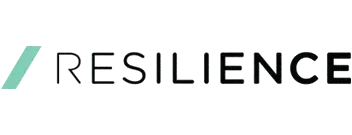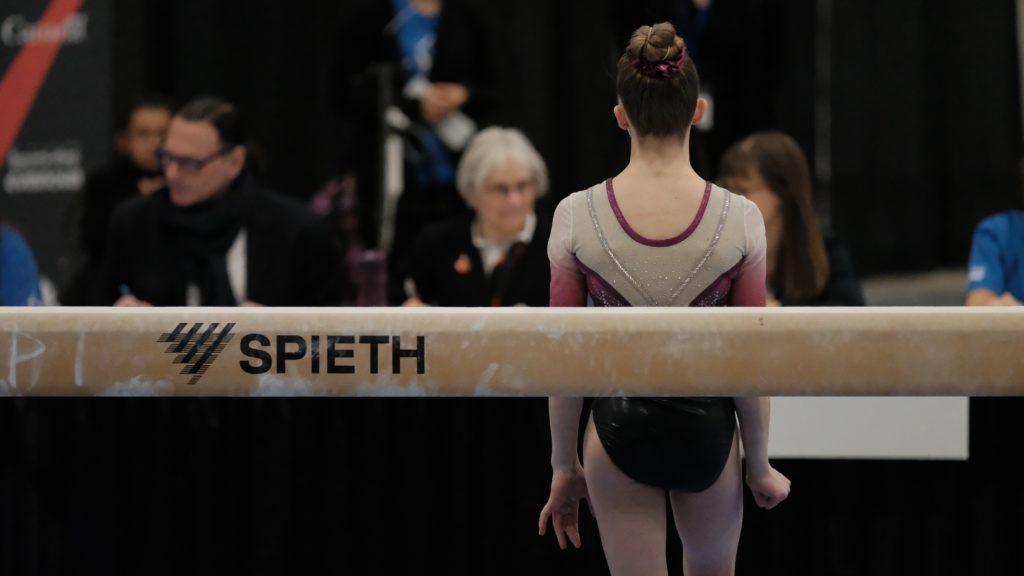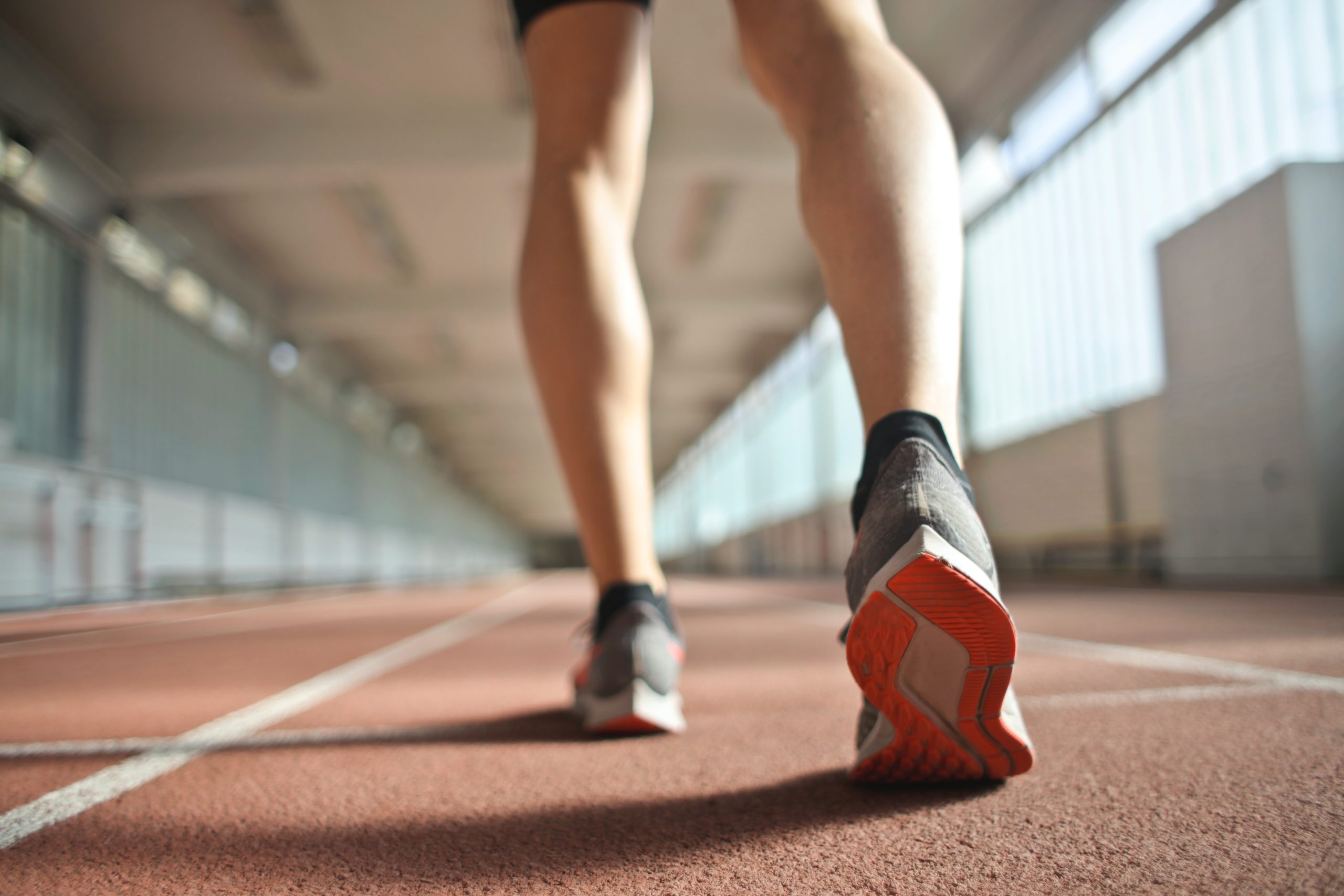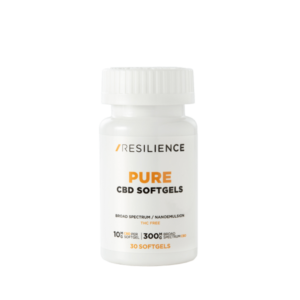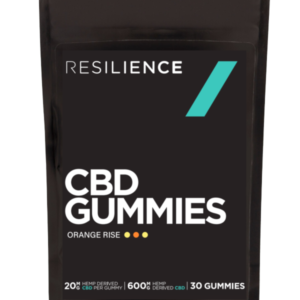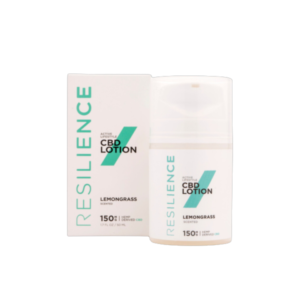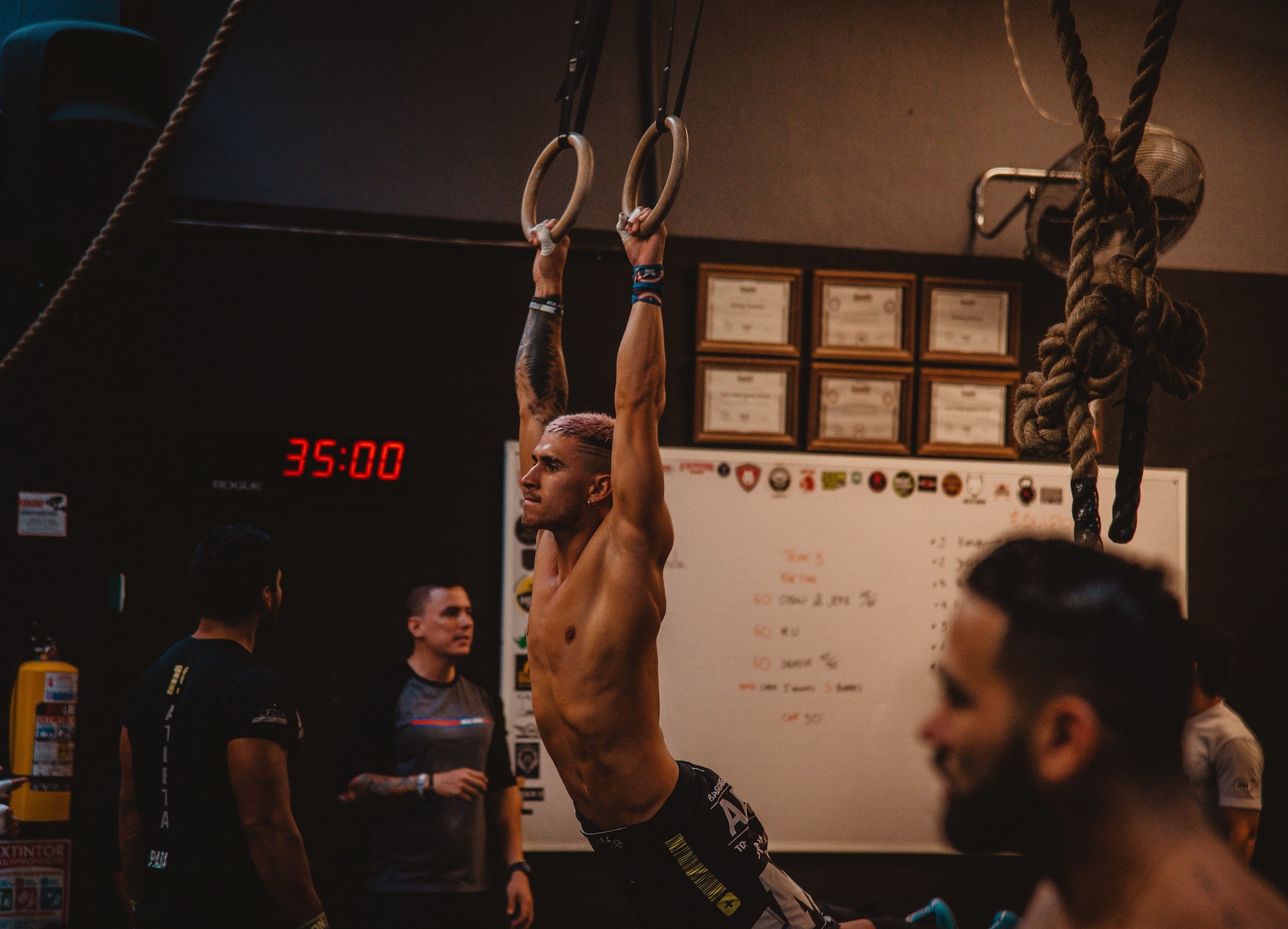
Pound for pound, gymnasts are amongst the strongest athletes in the world.
However, to reach that peak physical performance, it takes lots and lots of practice. Repetition is the name of the game. But this continued drive to be stronger and more explosive wears on the body, particularly when it comes to joint and muscle function. For gymnasts, focusing on recovery requires the same dedication as committing to practice.
Every day wasted nursing sore muscles is a day that could be spent improving your artistry. Wondering how you can better manage muscle fatigue? Here’s what you need to know about what causes muscle soreness and how to best prevent overexertion.
Key Takeaways:
- Gymnastics can take its toll on your body, especially if you don’t have a recovery routine in place.
- Important recovery methods include weight lifting, stretching, sleeping, and hydrating.
- CBD can help fuel your workout and your muscle fatigue recovery.
What Causes Muscle Fatigue in Gymnastics?
To combat muscle fatigue, you must first understand its origin. Armed with this knowledge, you can plan a recovery program that addresses these issues from the outset.
Typically, muscle fatigue and soreness—unrelated to an acute injury—will be most prominently felt within 24 to 48 hours after a strenuous gym workout. In most cases, this is caused by a combination of two underlying physiological responses to the intense physical strain on the body:
#1 Delayed Onset Muscle Soreness (DOMS)
DOMS occurs after a gymnast performs strength training, which causes microscopic tears in the muscle fiber. These tears are most frequently the result of eccentric motion—the active contraction of elongated muscles.
When you physically exert yourself, lactic acid is released. Your body then actively works to break that down into lactate. This conversion process releases hydrogen ions into the bloodstream, which your body then uses as energy. But your body is often unable to use all of the lactate that’s built up. That excess is then stored in the muscle fiber.
Together, these micro-tears and lactic acid build-up contribute to the muscle soreness associated with DOMS.
#2 Exercise-Induced Inflammation
When your body exerts itself, inflammation is its biological response to trauma. Blood rushes to a problematic area to fast-track the healing process. But when this happens, it can leave joints feeling red, swollen, and achy. According to First Endurance:
Strenuous physical activity invokes a variety of different stress responses in the body. One of these is the inflammatory response. This typically occurs whenever forces or loads applied to the connective tissues exceed biomechanical or metabolic limits. While historically, inflammation has been an unwanted process in sport, it plays a vital role in the necessary healing and repair process to enhance muscle performance.
Inflammation can help performance-related adaptation. However, too much can be inhibiting. Your goal shouldn’t be to eliminate inflammation but rather manage it with natural therapies like Vitamin C and CBD.
Muscle Fatigue Recovery for Gymnasts
DOMS and exercise-induced inflammation are natural responses to the hard work you put into a high intensity exercise. But if they get out of hand, it can impede your ability to push your limits. Knowing this, here are some pre- and post-workout recovery tips to help you train smarter and harder. The key is to build muscle strength, while avoiding extreme physical fatigue.
Tip #1 – Weight Lifting
Although this may seem counterintuitive, weight training is one of the best ways to safely encourage adaptation and prepare your body for the long-term stresses of gymnastics.
Some people mistakenly believe that athletes will automatically lose flexibility if they weight train. But that’s not the case. The correct technical execution of complex moves is nearly impossible without having sufficient muscle strength.
According to Collegiate Gymnastics coach Dave Tilley: “On the contrary to popular thought, properly executed lifting with an external load in a full range of motion is actually one of the best ways to maintain or improve mobility, especially when eccentric contractions are biased.”
In the early stages, this will naturally cause more muscular fatigue and DOMS. However, it will pay dividends when it comes to safely building the strength necessary for power moves.
While there is a fine line you must balance, proper weight training will naturally reduce the muscle fatigue you experience over time from intense exercise. Additionally, it can help prevent common injuries, especially to the hamstrings, groin, achilles, and other lower-body injuries that are part and parcel to the sport.
Tip #2 – Stretching
Most gymnasts already have a deep understanding of the importance of stretching, especially for increasing the flexibility and mobility they need to perform their routines. Before a workout, gymnasts are encouraged to engage in dynamic stretches that work from easier single planes to more complex, multi-plane movements.
A standard routine might look like:
- Front kick series
- Right side kick series
- Left side kick series
- Back kick series
- Dive/forward roll into true hip flexor stretch, back into hamstring stretch
- Dive roll into true quad, back into hamstring stretch
- Roll into straddle, pull body up onto elbows, into ½ groin right, ½ groin left
- Roll into modified triangle-internal/external rotation
- Roll into true single arm lat stretch L and R (gather elbow into internal rotation)
- Roll into up-dog and roll into thread the needle shoulder stretch, then prone chest stretch
- Side kick into lateral lunge, repeat on opposite side
Additionally, gymnasts must work on their mobility for their shoulders, thoracic spine, chest, hip flexors, glutes, hamstrings, wrists, and ankles. You can accomplish this by stretching during and after a workout is completed.
Doing so will help mitigate the chance of injury and also help prevent physical fatigue after completing a high intensity exercise routine.
Tip #3 – Take CBD to Help Supercharge Your Recovery
An increasing number of gymnasts are adding CBD to their recovery routine.
Why?
Because it contains powerful ingredients and cannabinoids that can help reduce the severity of DOMs, combat exercise-induced inflammation, and aid with various other muscle recovery techniques like sleep and relaxation.
By incorporating a full CBD schedule into your pre- and post-workout routines, you can safely and naturally manage many of the problems that cause you to wake up feeling sore the next day. So, how do you know when to take CBD for the best results as an athlete? A well-rounded program will likely include:
- A CBD oral application – By taking CBD before or after your workout, you can support natural cannabinoid production and provide relief to sore muscles. Additionally, you will enjoy ancillary benefits that can also improve recovery (like providing an energy boost or promoting restful sleep).
- A CBD topical – A CBD balm or lotion allows you to target exercise-induced inflammation or DOMS at their source. Simply rub the CBD cream for muscle pain into specific joints or sore muscles and let the combination of CBD and natural ingredients—like eucalyptus and menthol—go to work.
Tip #4 – Sleep!
Sleep is one of the most critical times for your body to adapt to the physical exertion you put it through. While all of your muscles are at rest, the real recovery happens via metabolic rebuilding.
If you don’t get enough sleep, your body will pay the price. That said, how much sleep you need depends on your physiological architecture. Doctors typically recommend that you should at least try to get eight hours of sleep and to fall asleep before midnight.
Olympic Athlete, Sam Ojerskis, says consistency was the most important part of his sleep training. “Heading to bed and waking up at the same time every day (even on days off) helps regulate your body clock, helping you fall asleep faster when you do kick back and clock more quality Zs.”
Need help sleeping? CBD can also be a godsend when it comes to your sleep cycle. Simply take a single dose an hour before you go to bed. This will help you achieve a deeper, more restful sleep. Additionally, nighttime CBD has other natural ingredients that can help you get the rest you need to hit the mats the next day.
Tip #5 – Hydrate
A lack of hydration will impact your body’s ability to perform at its peak threshold. Not to mention dehydration can lead to cramping, physical and mental fatigue, and strength loss.
Weigh-ins before and after practice can help you measure just how much liquids you lost during an intense exercise routine. Typically, the rule of thumb is to drink two cups of water for every pound you lose. That said, the best way to determine whether or not you’re adequately hydrated is by examining the color of your urine. The lighter it is, the more hydrated you are, whereas a dark or bright yellow is a tell-tale sign of dehydration.
According to USA Gymnastics, the latest recommendations for minimum intake is: “To drink half your body weight in ounces of water per day. For example, if Jill weighs 100 pounds,
she should drink 50 ounces of water per day which equals a little over six cups per day (one
cup equals eight ounces).” That said, this recommendation doesn’t include what you need to drink during your workout.
Resilience CBD—Fueling Your Recovery
Gymnastics is not for the faint of heart. It’s one of the most physically demanding sports, especially because there’s so much extra work that happens outside of the gym. To be competitive, how you recover is just as important as how you train.
While your stretching, hydration, and weight training boil down to self-discipline, Resilience CBD can help with sleep and soreness. Our high-quality, hemp-based CBD is formulated to help athletes increase their muscle performance, enhance their routine, and aid their journey.
So, if you’re looking for a premium CBD to supercharge your recovery, you’ve come to the source. Our CBD is as resilient as you.
 Written by: Michael Tatz | Linkedin
Written by: Michael Tatz | Linkedin
Michael Tatz is the Co-Founder of Resilience CBD, and a passionate leader in the health & fitness world helping others rise to and crush their wildest goals. A former Division 1 college wrestler, Army Officer, and investment manager at Goldman Sachs, he has pushed his body and mind to the limits on the mats, dressed in camo, and in the boardroom.
Today, he spends his time leading Resilience CBD to develop the absolute best recovery products for athletes everywhere. Resilience was founded after CBD personally impacted Michael’s life, and the brand was built to partner with everyday athletes in pursuit of conquering their most difficult challenges, rebounding after their toughest performances, and rising to their goals that once seemed impossible.
Sources
Boxrox. What Causes Muscle Fatigue and How to Recover. https://www.boxrox.com/muscle-fatigue-recovery/#:~:text=Put%20simply%2C%20if%20you%20exercise,will%20become%20far%20more%20acidic.
Shift Movement Science. Ultimate Guide to Gymnastics Strength. https://shiftmovementscience.com/ultimategymnasticsstrengthguide/
Gymnastics BC Strength and Conditioning for Gymnastics. https://gymbc.org/public/uploads/Strength-and-Conditioning-Manual-2020.pdf
Huffington Post. 5 Sleep Secrets Olympians Swear By. https://www.huffpost.com/entry/olympians-reveal-secrets-to-gold-medal-sleep_n_57ab8355e4b06e52746ef569
